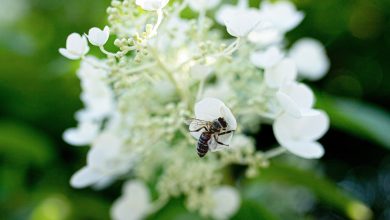Plant Sarsaparilla: [Cultivation, Irrigation, Associations, Pests and Diseases]
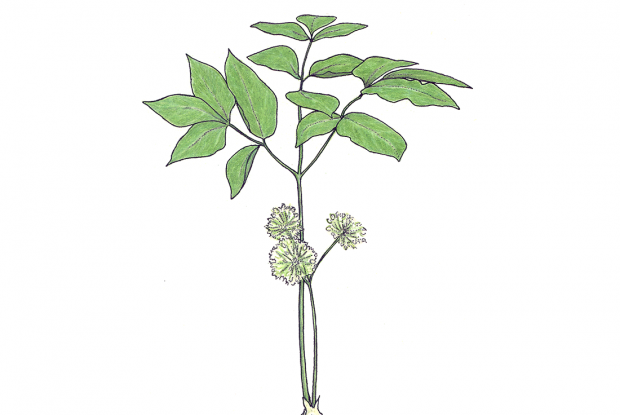
The Sarsaparilla or Moorish bramble (Smilax aspera) is a perennial vine plant and belongs to the Grossulariaceae family.
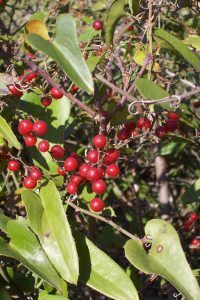 It is native to Central and Eastern Europe, however, some species come from Asia and America. It can reach about 15 meters in length.
It is native to Central and Eastern Europe, however, some species come from Asia and America. It can reach about 15 meters in length.
It has a rough and thorny stem, usually about 2 m long, but if it has the opportunity to grab and perch on the trunk of a tree with its many tendrils and thorny shoots.
It can reach a considerable length. It can also spread on the ground forming a dense mat. Blooms in midsummer. Sarsaparilla has fibrous and almost cylindrical roots used in sudorific and depurative medicines.
Black Sarsaparilla is the most important due to its cultivated area and its high production volumes. Europe concentrates over 80% of the commercial production of Sarsaparilla and the main producing countries are Poland, United Kingdom, Denmark, France, Germany, and New Zealand.
Formerly, the roots of Sarsaparilla were used to treat rheumatic and skin diseases. Currently, it is recognized for blood purifying, stimulant, sudorific (flu and catarrhal symptoms) and diuretic properties that reduce blood cholesterol and digestive pain.
The root has also always been used to make juices, certain types of beers and sugary drinks.
When to sow a sarsaparilla?
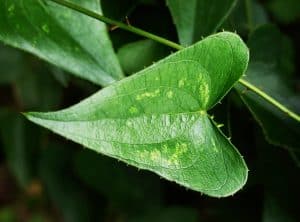 Sarsaparilla can be reproduced by semi-ripe cuttings in summer or by seed or division in early spring.
Sarsaparilla can be reproduced by semi-ripe cuttings in summer or by seed or division in early spring.
In the process of planting Sarsaparilla, it is essential to have good quality seedlings, free of pests and diseases, which must be acquired in certified nurseries.
The ideal is to use plants from one or two seasons, vigorous and with good root development.
Where to do it?
The sowing of the Sarsaparilla can be done in orchards, in pots to later transplant them or directly in locations that allow it to develop.
How to prepare the land?
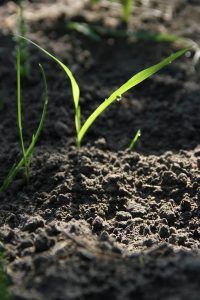 To carry out a good soil preparation it is necessary to know the existing vegetation, the topography of the place and the physical characteristics of the soil.
To carry out a good soil preparation it is necessary to know the existing vegetation, the topography of the place and the physical characteristics of the soil.
With this information, the use of chemical fallow, the use and the order of operation of agricultural implements are planned.
Soil preparation is an essential practice for proper orchard development. The basic purpose is to remove the soil to depths greater than 40 cm to improve the structural conditions and its moisture retention capacity.
In this way, an adequate penetration of air and water, necessary for the development of the root mass, is allowed. Sarsaparilla requires well-drained siliceous soil with partial shade or full sun exposure, sheltered from the wind.
How do we water a sarsaparilla?
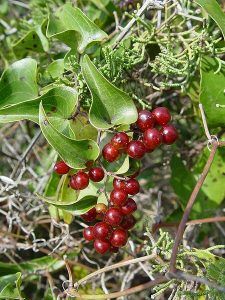 Sarsaparilla is a plant that requires a lot of moisture, so it is recommended to keep the soil always fresh for it.
Sarsaparilla is a plant that requires a lot of moisture, so it is recommended to keep the soil always fresh for it.
Irrigation requirements are established by comparing the water demand of crops with rainfall. If the latter are lower than the water demand of the crop, then the difference must be supplied with irrigation.
How do we sow a sarsaparilla step by step?
To sow this plant it is recommended:
choose the seeds
It is recommended that it be a good group of seeds because only one does not always germinate.
Stratify the seeds
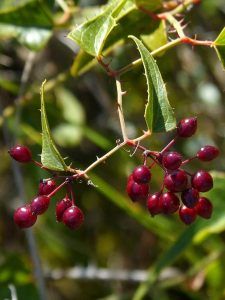 For a couple of weeks in the cold. To do this, the seeds will be introduced into a sowing box in thin superimposed layers of a substrate formed with the mixture of equal parts of peat and sand.
For a couple of weeks in the cold. To do this, the seeds will be introduced into a sowing box in thin superimposed layers of a substrate formed with the mixture of equal parts of peat and sand.
Then, they should be placed outside with temperatures between 3° and 6° degrees. If the temperature is higher or lower, it is better to cover the box with plastic and place them in the refrigerator.
Transplant
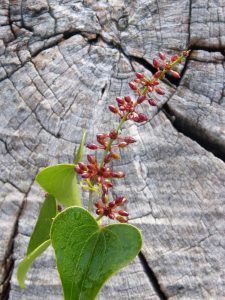 When the plants are grown and can be handled properly, they will be transplanted into a pot if the weather is cool and kept protected for a couple of years.
When the plants are grown and can be handled properly, they will be transplanted into a pot if the weather is cool and kept protected for a couple of years.
Subsequently, they will be planted in their final place at the beginning of summer. In warm locations they can be sown directly in their final place.
Sowing by division of shoots in spring will be done directly on the site in warm places or in pots that will be transplanted the following year, in summer.
As it is a dioecious species, it will require specimens of both sexes in order to bear fruit.
What favorable associations does sarsaparilla have?
When growing different plants in the garden, it is convenient to know what type of association will exist between the different plant varieties.
Some combinations can be beneficial and can be used, others, on the other hand, must be avoided because they do not produce benefits between them. The Sarsaparilla could be associated with any other plant that helps it to achieve its expansion and does not prevent it from obtaining nutrients for its development.
What pests and diseases attack sarsaparilla?
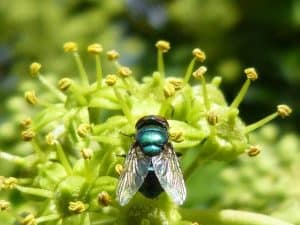 The insects and mites present in the Sarsaparilla crop have in common that they are polyphagous species; that is, they feed on a wide range of plants.
The insects and mites present in the Sarsaparilla crop have in common that they are polyphagous species; that is, they feed on a wide range of plants.
These pests include the green peach aphid, the potato aphid, and the two- spotted spider mite.
To prevent or reduce the attack of these pests, a timely and permanent control of weeds is required within greenhouses and gardens, as well as in the sectors surrounding them, because weeds are also mostly hosts of these pests.
Regarding the diseases that can attack Sarsaparilla, those caused by fungi stand out (neck rot; gray rot; canker or death of twigs); by bacteria (neck galls); or by viruses (Arabis mosaic virus and Tomato ringspot virus).
Disease management must be based on an accurate diagnosis, for which it is essential to know the agents that are affecting the plants and offer treatments according to each one of them specifically.
Bibliography and references
- Lopez Gonzalez, Gines A. (2004). Guide to the trees and shrubs of the Iberian Peninsula and the Balearic Islands. Wild species and the most common cultivated ones. Auditorium Publisher. Madrid Spain.
- Berdonces, Josep Lluis. (2019). Encyclopedia of Phytotherapy and Medicinal Plants. RBA Books. Barcelona, Spain.
- Guambo Delgado, David Mesías. (2016). Identification of the secondary metabolites of sarsaparilla root (Smilax Aspera) for the preparation of a beverage. National University of Chimborazo. Riobamba, Ecuador. Reproduced from: http://dspace.unach.edu.ec/bitstream/51000/2828/1/UNACH-EC-IAI-2016-0007.pdf
- Perez Gonzalez, Dario Antonio. (2015). The sarsaparilla route: ethnobotanical and economic aspects of sarsaparilla (Dioscorea spp.) in Cundinamarca (Colombia). National university of Colombia. Bogota Colombia. Reproduced from: https://repositorio.unal.edu.co/bitstream/handle/unal/55955/11449642.2015.pdf?sequence=1&isAllowed=y

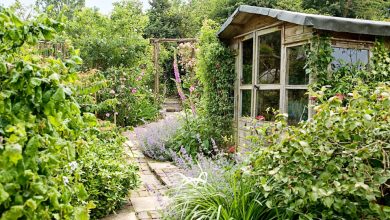
![Photo of Rosario Plant: [Care, Planting, Irrigation and Substrate]](https://www.complete-gardening.com/wp-content/uploads/2021/06/Senecio__1568323172-390x220.jpg)
